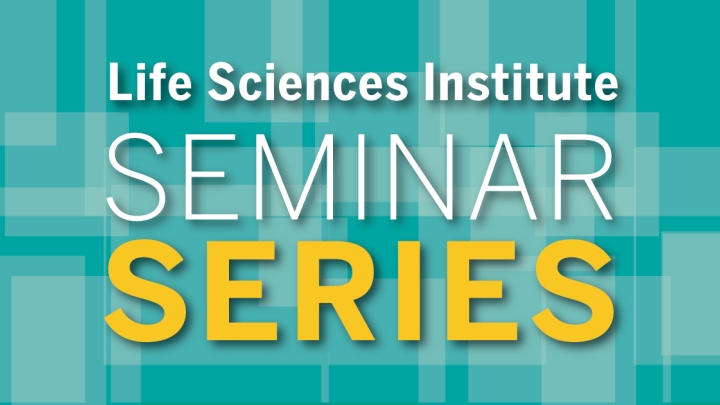
Harnessing the power of copper to kill Streptococcus pneumoniae
Copper is broadly toxic to bacteria. This fact has been exploited since antiquity to store food and prevent spoilage. Currently, copper is being used in tools and surfaces in hospitals because of its ability to significantly reduce bacterial spread and nosocomial infections compared to stainless steel. Our bodies also use copper, via innate immune cells, to kill pathogenic bacteria. Underscoring the necessity to purge intracellular copper, bacteria have evolved copper export systems, which are highly conserved. How copper is toxic to bacteria and how they try to adapt represent fundamental gaps in knowledge that my laboratory is trying to address. Elucidating these pathways and their mechanisms will reveal new targets and strategies to combat pathogens. We have previously shown that disrupting copper export significantly attenuates bacterial virulence during multiple modes of infection, suggesting that bacterial systems used to overcome copper stress, such as the copper export system, are viable therapeutic targets. We also have performed a microarray that highlights S. pneumoniae changes in gene expression under copper stress, which provided valuable insight on how S. pneumoniae adapts to copper stress and the systems targeted by copper. From this data, we have shown that one mechanism of copper toxicity in S. pneumoniae is disrupting nucleotide synthesis, thus preventing DNA replication. I will discuss these findings and an additional novel pathway used to overcome copper stress that is regulated in a copper dependent manner.
About the Speaker
Michael D.L. Johnson received his bachelor's degree in music from Duke University. He then obtained a Ph.D. in biochemistry and biophysics from the University of North Carolina at Chapel Hill, where he studied the effects of calcium on bacterial motility and attachment under the mentorship of Matthew Redinbo. For his postdoctoral training, Johnson went to St. Jude Children’s Research Hospital to work with Jason Rosch on metal homeostasis of Streptococcus pneumoniae and, subsequently, with Douglas Green on the mechanisms of LC3-associated phagocytosis. Michael Johnson joined the faculty of the University of Arizona in 2016, where he studies how metals affect a variety of bacterial processes.


